Most of the others would go further and talk about all those technologies out there just to explain about IoT. When we talk about the history of the Internet of Things, then we don’t have to travel too far in the past. All you have to do is to look down the memory lane into the year 1999- where it all started.
Kevin Ashton, MIT, Lipsticks-1999… If we are looking for the birth of this term, then we cannot let go off this name. Kevin Ashton was the co-founder and executive director of the Auto-ID Centre of Massachusetts Institute of Technology. This institution was then changed in 2003 into more of research-oriented Auto-ID labs. He was the one who came up with the term “Internet of Things”.
Earlier, Ashton was working as a brand manager for Procter & Gamble and it was during a presentation in those days the term Internet of Things came to existence. At that time, he was working on understanding how it is possible to use RFID tags to know about the stock of the items at the store. He noticed that at a local store, a particular share of lipstick got sold off every time he passed by the store. He was assigned the task of launching the same shade of lipstick for a cosmetics line.
This was the first step towards developing a technology which comes with a sense of “connection” when done right.
Later in 2000, LG came up with its Internet Digital DIOS which was connected over the internet. This refrigerator kept track of all the food items stored in it along with its quantity using RFID tags.
It is true that this fridge was not commercially a success as many people believed that it was quite expensive to buy. However, this technology paved the way to build everyday household objects and devices which were connected over the internet. Today there are a number of IoT devices out there, and as per Statista, there will be 30 billion IoT connected devices worldwide by 2020.
IoT into the healthcare industry
No doubt the healthcare industry existed before but, it was limited to few doctor visits and communications in the form of text and calls. In such an arrangement there was no way possible for the hospital staff or the doctors itself to monitor the health of the patients continuously and make medical recommendations then.
The introduction of the Internet of Things has made it possible in the healthcare industry to remotely monitor the patients and make it a point that they stay healthy and safe. This way doctors will be empowered to offer healthcare service of superior quality. This way the interactions with the doctors have become more efficient and easier making it a satisfactory and engaging experience for the patients. Moreover, from the patient point of view, such kind of remote monitoring helps them have lesser visits to the hospital and even reduce the scenario of re-admissions. With IoT, it is also possible to improve the treatment while reducing healthcare costs very much.
87% of the healthcare organizations across the globe will adopt IoT services by 2019 – Aruba
Features of IoT for Healthcare
By using IoT devices, it will become possible to track the health of the patients in real-time. This way the physicians can monitor their health constantly and measure the progress. When you have such smart devices working with smartphones, then you will be able to track the number of health factors like a heartbeat, calorie intake, breathing rhythm and sleeping patterns.
Health Monitoring:
A stable network has been established between the patients and doctors with the help of IoT. Now the hospitals can easily track their patients remotely and make quick health recommendations. They can also offer necessary assistance quickly and even set reminders based on their needs. There have been significant positive changes in the health of the patients as they don’t have to travel frequently to the hospitals to get checked or remain bedridden for a longer time for treatment. They can keep on getting medical attention simultaneously enjoying the fresh air.
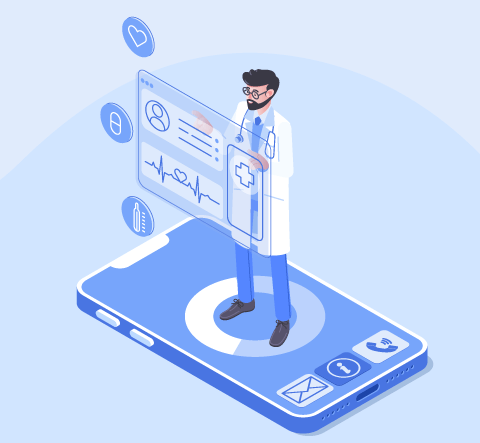
Delivering drugs in better ways:
We can say that IoT has been instrumental in changing the drug delivery system in many ways. It will become possible to deliver the medicines at the location where needed without causing much further health issues by making necessary modifications in the system. IoT devices are mostly connected with smart devices utilizing a wireless network. One of the modern day examples which you can take up in this field is the use of nanobots to reach medicines within the remote parts of the body while it will able to repair the damaged and diseased tissue efficiently.
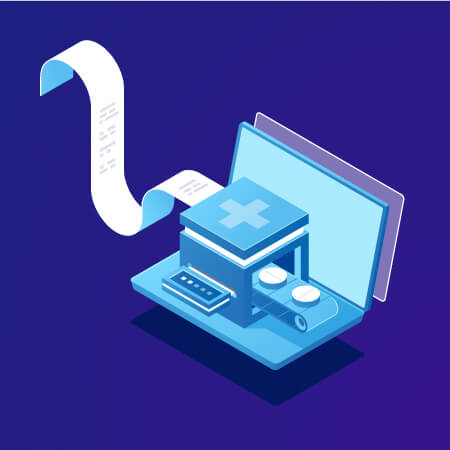
Tackling Emergencies:
After reaching a level of offering comprehensive health surveillance under the stable environment, now hospitals are taking a step further by attending emergencies. This has been achieved by combining real-time health tracking with location sharing feature to ensure any assistance needed is reached to the patients on time quickly.
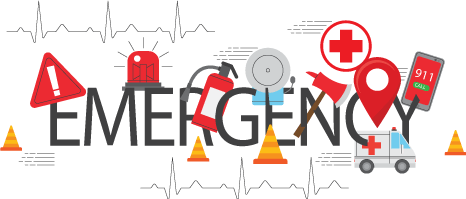
Who will get benefits of IoT in the healthcare sector?
IoT for Patients:
It becomes possible to offer personalized attention to the patients by making use of IoT enabled wearable devices like fitness bands and others which you can connect wirelessly to monitor heart rate and blood pressure. Such kind of devices can be used to set up reminders for appointments, exercises, calorie count, and much other.

No doubt IoT has changed the lives of people in terms of healthcare and this has been very much true in terms of elderly people. It has helped them to track their health continuously. This can go a long way to help the people who are living alone as well for their families.
This way, if something goes wrong or the routine of patient changes, then alert messages will go to their families and hospital/ healthcare providers regarding the same.
IoT for Physicians:
It will become possible for the physicians to keep track of the health of their patients by using wearables and other home monitoring devices which comes with IoT. This way physician can know about the treatment plans of the patients and see whether they adhere to it or not.
If there is any need for immediate medical attention, then that can be known too. By making use of IoT enabled solutions in the healthcare industry, it will become possible for the physicians to stay connected with the patients and be more watchful proactively.

IoT devices collect data from the patients, and the physicians can keep an eye on it to understand and offer the best treatment plan for expected outcomes.
IoT for Health Insurance Companies:
By using IoT-connected devices, health insurers will be able to find a number of opportunities.
To make claim operations and underwriting smooth, insurance companies can make use of the data that it collects from different health monitoring devices.
This will help them identify prospects for underwriting as well as find out fraud claims.
For the insurers and customers, IoT devices can bring in transparency in terms of pricing, underwriting, handling complaints and risk assessment processes.
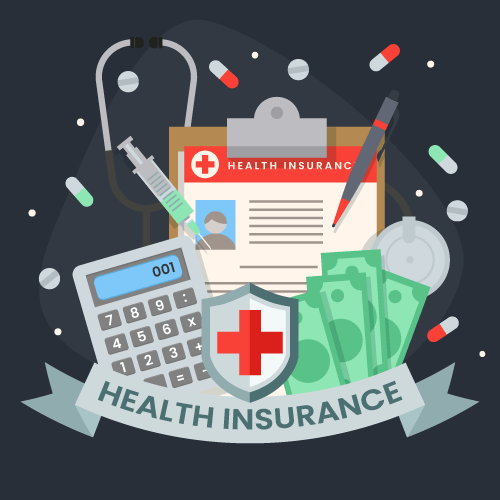
As IoT is entirely data driven it will become possible for the customers to know the reason behind every decision made and what the final outcome will be.
For sharing the health data collected through IoT devices, the insurance companies will offer incentives to the customers.
Apart from that insurers can make it a point to reward the customers for making use of IoT device and thereby helping the companies keep track of their routine activities.
They can also know about the treatment plans and precautionary health measures to be taken. By having an understanding of the same, it will become possible for the insurers to bring down claim significantly.
Moreover, insurance companies can easily use the data captured with the IoT devices to validate their claims.
In 2016, healthcare-related IoT revenues amounted to 24 billion U.S. dollars worldwide, with forecasts predicting that this number will increase to over 135 billion by 2025 – Statista
Benefits of IoT in healthcare
Monitoring and Reporting simultaneously
In the event of medical emergencies like diabetes, heart failure, asthma attacks, etc. having access to real-time monitoring through connected devices can be lifesaving.
By making use of smart medical device connected to a smartphone app, real-time monitoring can be achieved. Such a device can collect medical as well as other related data of the patient and then show it to the physician over the smartphone app.
As per the study conducted by the Centre of Connected Health Policy, there was a 50% reduction in the cases of readmission within 30 days by monitoring heart failure patients remotely.
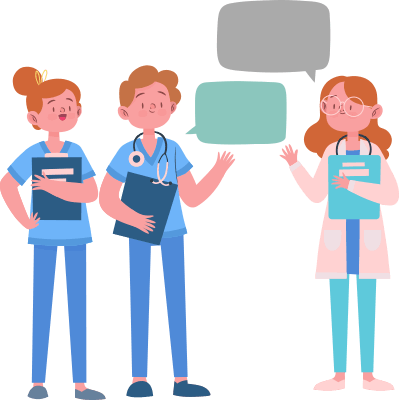
The IoT devices can be used to collect and move health data like blood sugar levels, blood pressure, ECGs, weight, etc. Such data can be stored over the cloud and can be made available for access to authorized people like the physician or the insurance company. The best thing about storing data in such a way is that it can be accessed at any time or place or from any device.
End-to-end Connectivity and Affordability
By making use of next-gen healthcare facilities, healthcare mobility solution and other new technologies, IoT can automate patient care workflow. To make healthcare service delivery all the more effective, IoT enables machine-to-machine communication, interoperability, data movement, and information exchange.

By following connectivity protocols like Wi-Fi, Bluetooth LE, ZigBee, Z-wave and others, it becomes easy for the healthcare personnel to spot illness and conduct treatments in revolutionary ways.
Such a technology-driven arrangement helps to cut down expenses, helps with the right utilization of resources, reducing unnecessary visits and with planning and allocation.
Data Assortment & Analysis
If there is no access available for cloud facility, then it will not be easy to store and manage the enormous amount of data collected by healthcare devices in a short span of time. Similarly, it will not be easy for healthcare providers to collect data from different resource and manually analyze them.
With IoT devices, you can cut down the need to store raw data as the device will collect, report and analyze it in real-time. All these things will take place on the cloud which means that the providers will only get access to the reports and graphs obtained at the final stage.
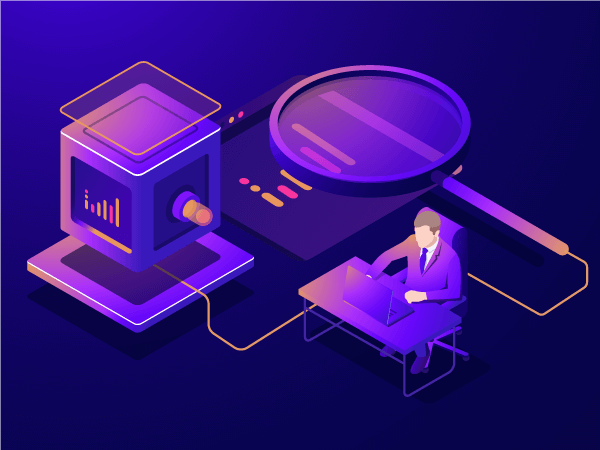
Additionally, such solutions help the organizations to get important data-driven insights and healthcare analytics which is less prone to errors as well as speeds up the decision-making process.
Tracking and alerts
In the events of life-threatening situations, on-time alert plays a key role. IoT plays an important role to collect and transfer data for real-time monitoring to the doctors and by making use of apps and other devices on the network, sends notifications to the people.
Irrespective of the place and time, alerts and reports can be crucial to know about the condition of the patient. Such information helps to make informed decisions and provide treatment on time.
For instance, to address am issue of the emergency department wait times, GE Healthcare developed a software program, AutoBed, which helped in reducing wait times for 50% of the patients that were in need for inpatient bed.- Source
In short, IoT enables real-time tracking, alerting and monitoring and this helps with better accuracy, hands-on treatment, apt doctor care and improved results in complete patient care delivery.
Remote medical assistance
In case of an emergency, patients can make use of smart mobile apps to contact a doctor who is far away. As healthcare comes with mobility solutions, it will become practical for the medics to reach the patients quickly and check for any illness.
Moreover, a good number of healthcare delivery chains are now planning to come up with machines which can work on to deliver medicines to the patients based on their prescriptions and other information available on their illness.

No doubt IoT will make healthcare more accessible for people who will help them cut down their expenses in this area.
Challenges Faced by HealthCare Industry while Implementing IOT
“The increase in medical IoT is beneficial for patients but makes securing healthcare systems a challenge due to limited security controls around these devices,” said Brett Walmsley, chief technology officer at Bolton NHS Foundation Trust, which provides in-patient and out-patient healthcare services to over 140,000 people in Bolton and the surrounding area northwest of Manchester, England. “Having the visibility to quickly and accurately detect threat behaviors on and between all devices is the key to good security practice, regulatory compliance and managing risk.” – Source
Data Security & Privacy
Data security and privacy can be considered as the most crucial threat that we face with IoT technology. IoT devices collect data from rich sources and transmit them in real-time. Now the issue with IoT devices is that most of them lack in terms of data standards and protocols. Again, there is confusion regarding regulations related to data ownership. All these factors together make the IoT data more vulnerable to attack for cyber-criminals. They get to easily hack into the system and get their hands on Personal Health Information of doctors and patients.

By hacking data of the patients, it is possible to come up with fake IDs which can then be used to buy medicines and medical equipment. Such medical products can be sold later in the market for higher rates. Hackers can also use patient data to make false insurance claims to get money.
Multiple devices and protocols –integration
When it comes to implementation of IoT in the healthcare sector, the integration of multiple devices can cause issues too. The main reason behind it can be that the device manufacturers would not have reached a decision regarding the standard and communication protocol to be followed.
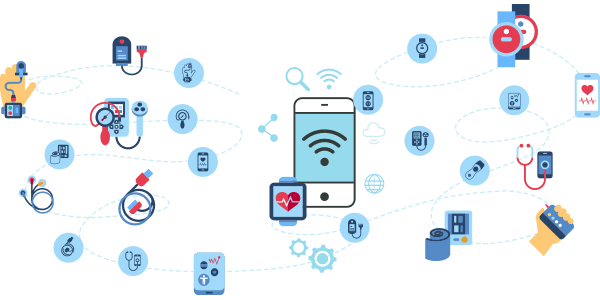
Data overload and accuracy
The use of different communication protocols and standards makes data aggregation a difficult thing. Still, it has to be said that IoT collects a large amount of data which can be used for obtaining crucial insights.
However, it becomes extremely difficult for the doctors and healthcare personnel to derive insights from it and make decisions which are in the best interest of patients.
Now, this turns out to be a major concern as more and more devices are now connected over the network collecting and recording data.
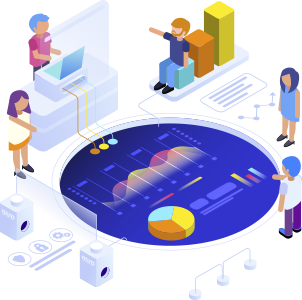
High on Costing
There is a reason to bring the cost in the section of challenges faced with IoT. This is because IoT in the healthcare sector has not yet made the medical facilities affordable to the patients. Especially in the case of developed countries, rising healthcare costs is definitely a matter of concern.

It is true that for now, IoT has not done much to bring down the costs. In order to make IoT implementation successful, the stakeholders must work towards making it cost-effective. Making it available for the common people who are looking for better healthcare facilities is most essential thing.
Applications of IoT in healthcare
IoT is a growing technology which is expected to have scope covering various sectors. If we talk about healthcare, you can find a number of applications.
IoT in healthcare is supposed to help with:
- Enhancing drug management
- Reducing the wait time in the emergency room
- Tracking inventory, patients, and staff
- Making critical hardware available
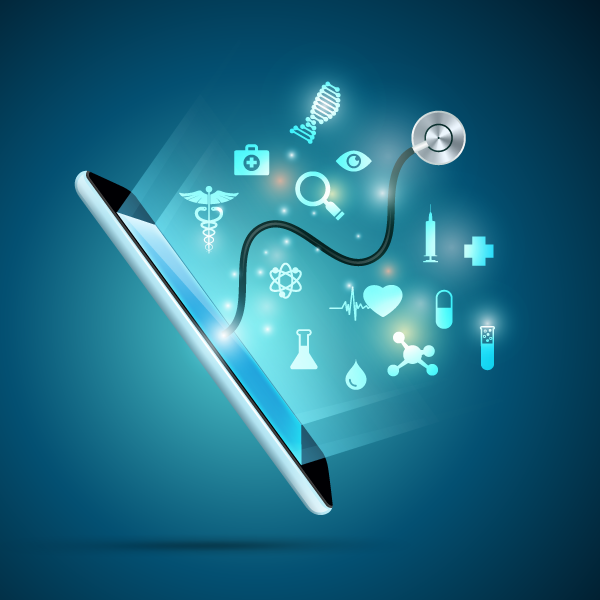
In order to make the life of people comfortable, IoT has come up with a number of devices and wearables. Some of them are:
Hearables
For the people who are suffering from hearing loss, IoT has come up with new-age hearing aids. They have transformed the lives of such people completely. Hearables available today can be synced with smartphones and is compatible with Bluetooth. This way it will become possible to equalize, filter and add layers to the sounds from the real world.
Ingestible sensors
This is definitely one of the greatest inventions of our time. It is nothing but pill-sized sensors which can warn us about any issues within the body. It can also be used to monitor medication. This kind of sensors can be good especially for diabetic patients to control some of the symptoms.
Moodables
Moodables are the devices which can be used to improve the mood and keep it that way the whole day. It is something more than what we have seen in sci-fi movies. Thync and Halo Neurosciences are working on this technology and have made tremendous progress so far. Moodables are head-mounted devices. It sends a low-intensity electric current to the brain which turns our mood better.
Computer vision technology
By working with AI, computer vision technology has led to the development of drone technology. This helps with better decision making by mimicking visual perception. These drones can be used to detect any obstacles in the way and navigate accordingly. People who are visually impaired can use this technology to navigate their way.
Healthcare charting
Most of the manual work carried out during patient charting can be handled by an IoT device like Audemix. It captures the patient’s data through voice commands. Everything will be noted down and it can be later made available for review. This device saves an enormous number of hours per week for the doctors.
Conclusion
What will be the future of IoT? No doubt in the coming time we will see more of a combined effort of IoT and AI together. Such technology advancement can perform more intelligent activities on its own. There may even have devices which react to the triggers that come from the patients or you may also have drones which deliver medicines to the patients or organs at the hospitals!

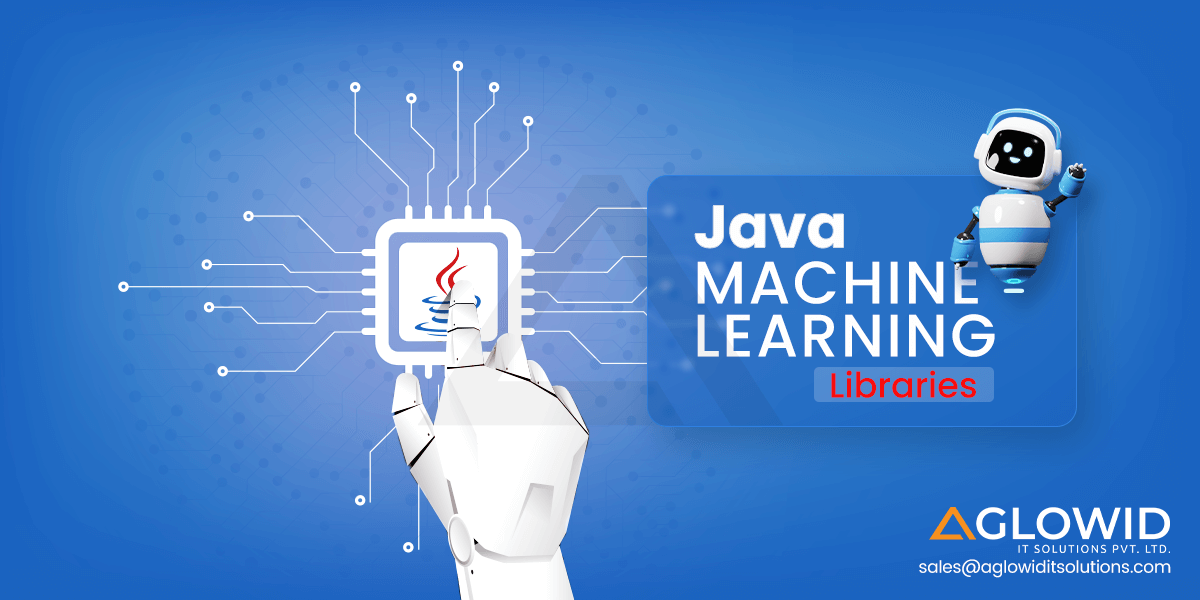
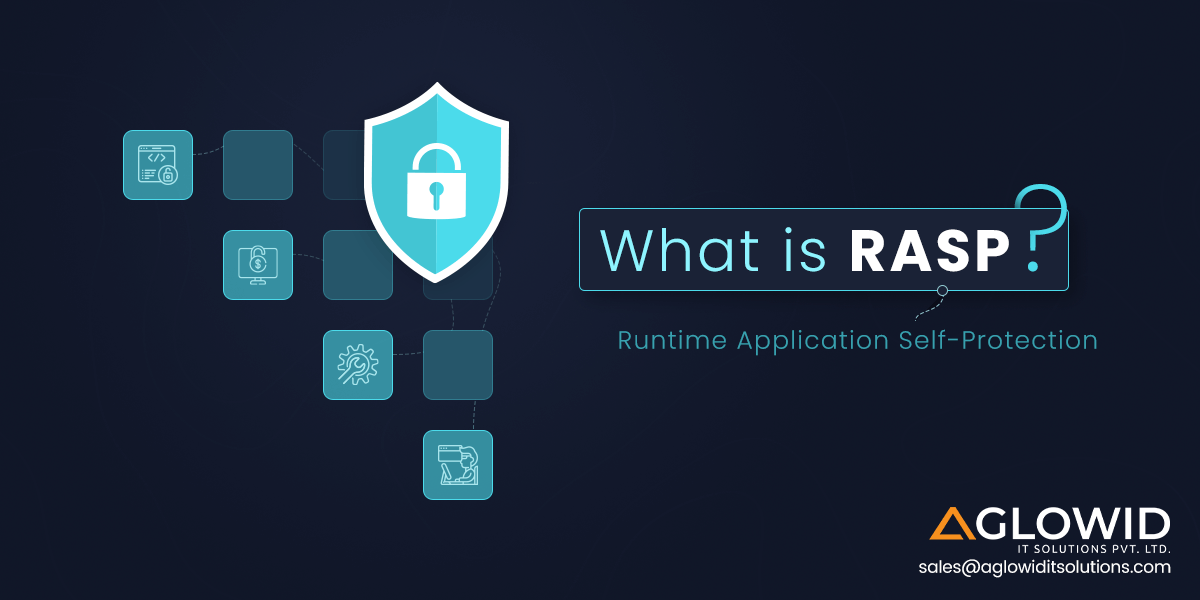
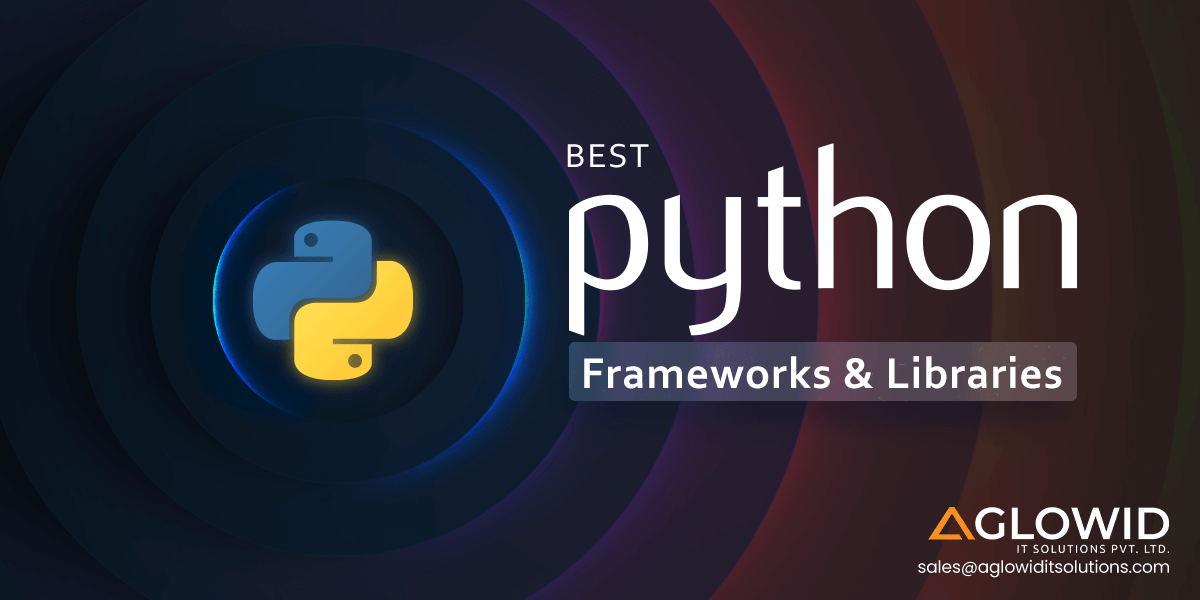

 Say
Say